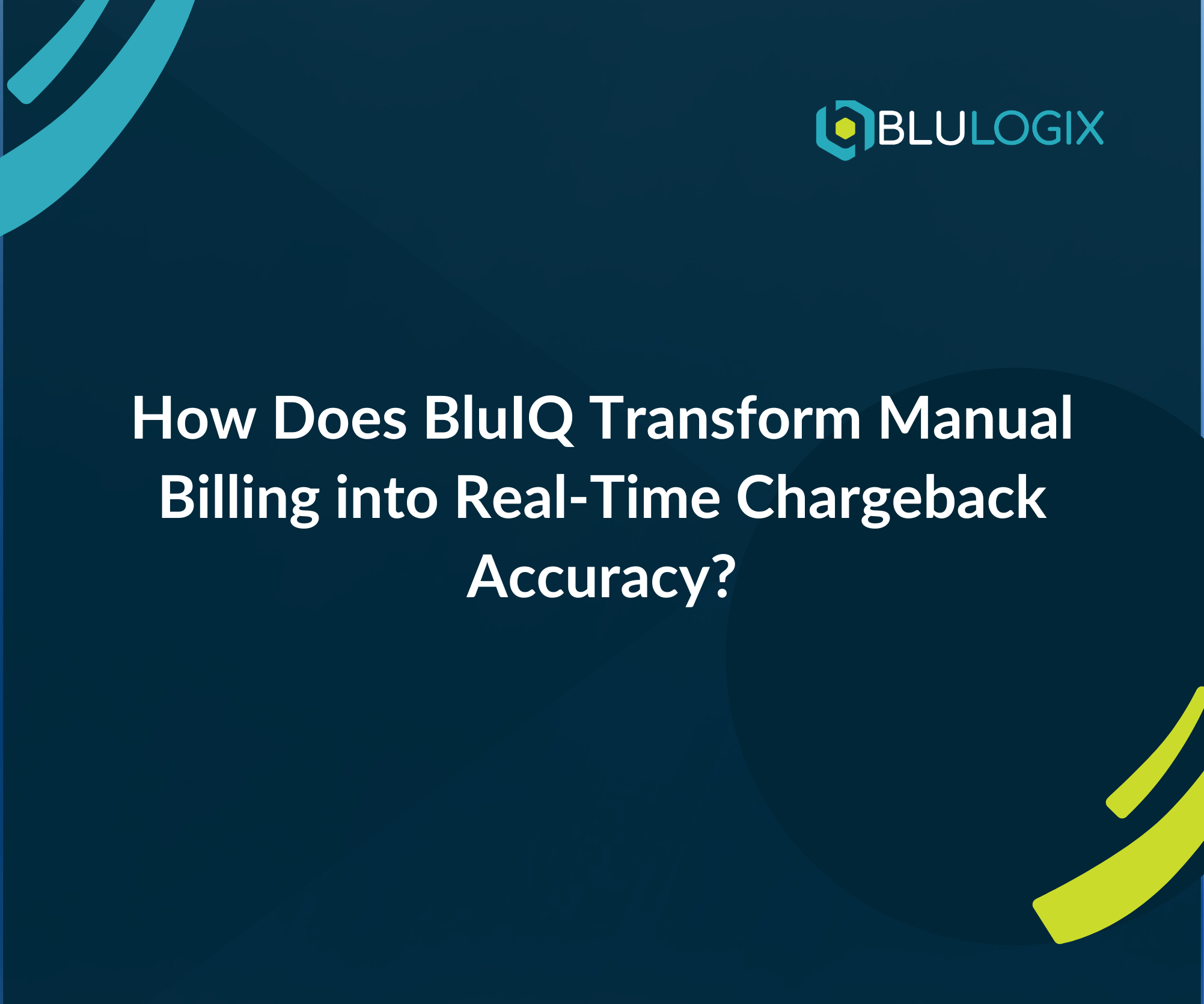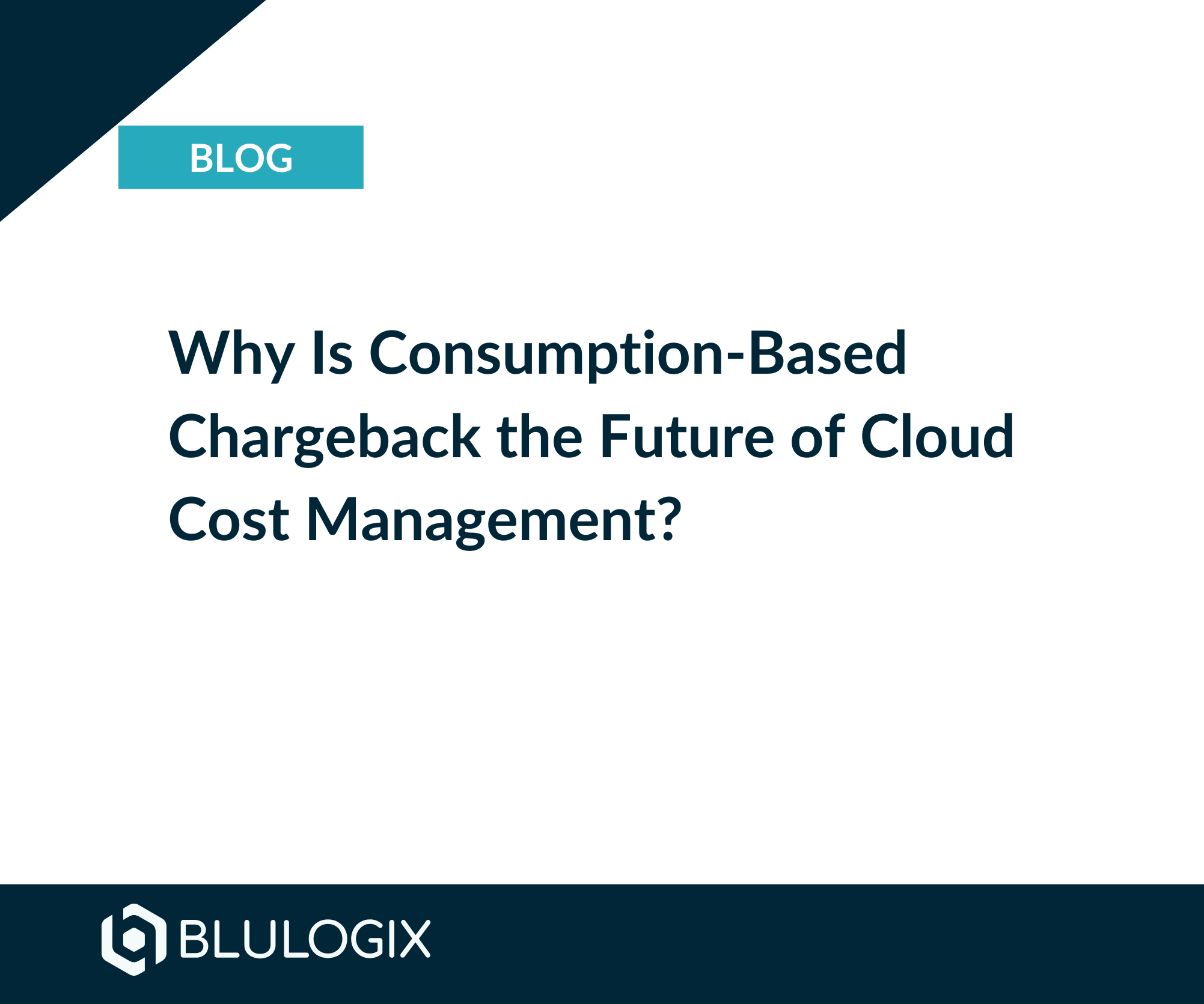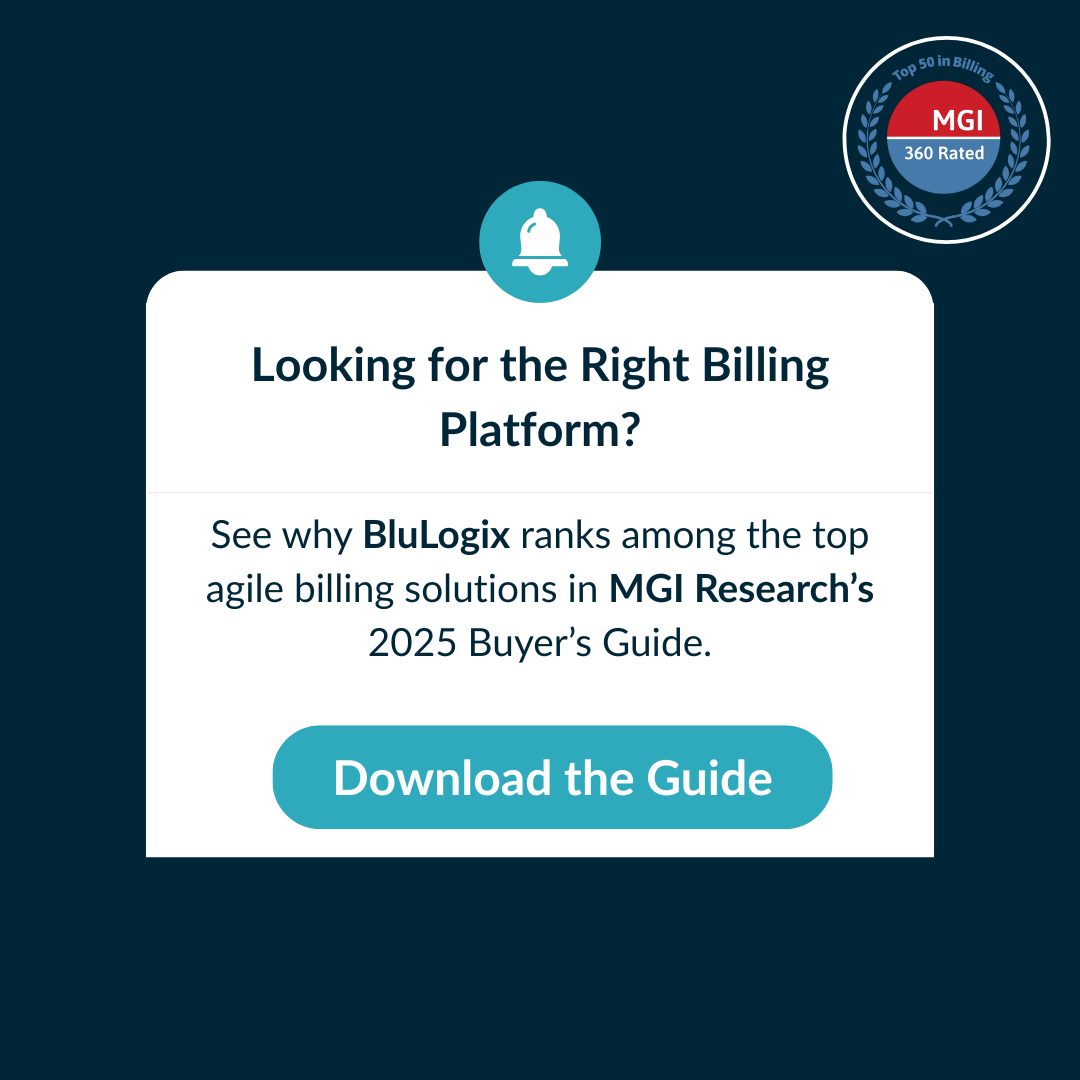Process Automation vs Workflow
How Process Automation Enables Scalability
Building consistent and repeatable processes is a key challenge most companies face in their Digital Transformation. In fact, it is not possible in many cases to make a smooth, full transition without first addressing these processes.
Addressing the process challenge typically falls across multiple organizational stakeholders, many of which have legacy systems in place they are not compelled to change. Therefore, effective process change must be driven from the top down if it is to be successful.
Your Subscription Management & Billing System, Your Way
In this post we’ll provide some clarity around two approaches to process change as it relates to digital transformation and three suggestions for how to implement these changes.
Key Distinctions between Process Automation and Workflow
In the journey toward digital transformation, it is important to understand the differences between process automation and workflow. Process automation is a bottom-up approach that starts at the elemental level of a product catalog where each product in the catalog carries business logic for provisioning or fulfillment. This ensures that when a product is ordered, either a manual or automated task initiates the movement of the product to an active status and triggers further automation throughout the activation process.
Workflow, on the other hand, is a static sequence of tasks typically associated with a solution or service type order. If all orders fall into the same service type, the product catalog is limited, and there is low order volume, a workflow approach can satisfy the management of manual tasks to complete an order. But because the tasks are driven at the product level, automation of these tasks is never an option. For these reasons, workflows do not promise the same level of agility as process automation.
The Problem with Workflow
Many companies start by managing processes manually. As business grows, the hours turn to days and before you know it you have a team of people managing repetitive tasks that could easily be done using process automation solutions. Some businesses get so caught up in the day-to-day that they never stop to question whether this is the best allocation of resources. For example, rather than an entire team, BluIQ can manage these tasks 24 hours a day, 7 days a week with no vacation or sick time.
Businesses who have pivoted to process automation have reaped the rewards. In a 2018 survey conducted on companies leveraging process automation tools, 42% of respondents said that they spend less than an hour a day on manual data entry. A BluLogix customer operating as Software Solution Provider recently reported that, “BluIQ brought a team of six full-time employees down to one part-time administrator.”
Workflows relying on manual tasks will inevitably hold a business back. Replacing manual tasks with a process automation solution such as BluIQ enables businesses to free up valuable resources. This freeing up of resources creates scalability and profitability that cannot be achieved otherwise. Companies become free to reallocate assets from areas of tedious manual tasks to areas that promise growth and increased revenue.
Process Automation: 3 Tips for Success
So–you’re ready to replace manual workflows with process automation. What do you need to know as you take this step? Below are three tips for success based on our experience in helping companies transition to process automation.
1.Make it a CEO priority
In designing an automated process, multiple stakeholders across an organization can be affected. If stakeholders are not universally aligned throughout this shift, it becomes difficult to navigate the levels of changes involved in supporting process automation. In this regard, a step in every direction is a step in no direction. If a business is to successfully implement process automation in a way that’s consistent across an organization and accommodates the goals of each department, they’ll need a cohesive effort toward a clear direction.
The good news is that there is a simple solution: making process automation the CEO’s priority. Process automation has to come from the top down, ensuring organizational goals are synchronized. While various departments within an organization can have independent objectives, it is the CEO who ultimately weaves those together with a comprehensive vision. As process automation can expedite that vision, the CEO must be involved in it’s implementation.
2.Define a Single Process
When converting to an automated process, it’s important to design for uniformity. You need to define a single process for all products and services to achieve success. You should identify core elements specific to products and services, and define your standards around the common denominator between them. Use variable data such as quantity, usage, service details, etc. as inputs into this process. A single process across all products and services allows you to remain agile in response to customer demands and industry trends without disturbing the underlying infrastructure.
3.Create a System to Track Remaining Manual Tasks
A key part of process automation is leveraging APIs to their fullest potential. Efficient process automation utilizes data integration from multiple API sources in a way that limits the need for manual intervention. Nevertheless, it doesn’t remove manual intervention entirely.
In the aggregate, the need for manual tasks will be significantly reduced; however, you need to prepare for what remains. Manual tasks benefit from a system of accountability. Tracking manual tasks with notifications and standards of operation will help ensure that those manual tasks have continuity with automated tasks.
BluIQ and Process Automation
For businesses that want to scale in an environment where customers expect increasingly rapid responses to their needs, process automation is a necessity. Without process automation, a company’s growth is tethered to their ability to update the workflows of manual tasks as well as the time required to execute those tasks.
If you want to be ahead of the curve, a process automation platform such as BluIQ is your solution. At BluLogix, we’ve helped companies across sectors such as Software-as-a-Service, UCaaS, IoT and more replace outdated manual workflows with process automation through BluIQ™. Part of what makes our methodology so successful is that we place a priority on front-end planning. Giving time to detailed discovery and planning phases allows BluLogix to create and implement a solution tailored to the unique needs of your business.
Your Subscription Management & Billing System, Your Way
Want to learn more about the power of BluIQ when it comes to process automation? Check out our Insights post covering Quote-to-Cash automation. If you’re ready to speak with a BluLogix process automation expert, schedule a demo today and we will be in touch.
Learn more

How Can Public Sector Organizations Turn Chargeback into Strategic Cost Recovery?

How Does BluIQ Transform Manual Billing into Real-Time Chargeback Accuracy?



